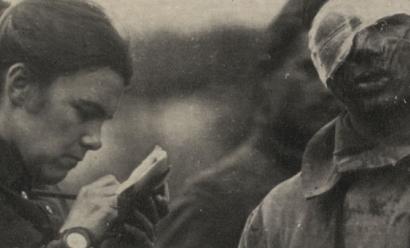



Downloadable Lesson Plan
Letters Home: Letters Inspired by Investigating WWI Photos
In collaboration with AncestryK12


Downloadable Lesson Plan
LIMITS OF MODERN SCIENCE

Primary Source Document
List of Mothers and Widows of American Soldiers, Sailors and Marines Entitled to Make a Pilgrimage to the War Cemeteries in Europe
Villanova University




Online Exhibition
Make Way for Democracy



Downloadable Lesson Plan
Learning History Through Art: Marsden Hartley and the Great War


Pagination
- First page
- Previous page
- …
- 9
- 10
- 11
- 12
- 13
- …
- Next page
- Last page
